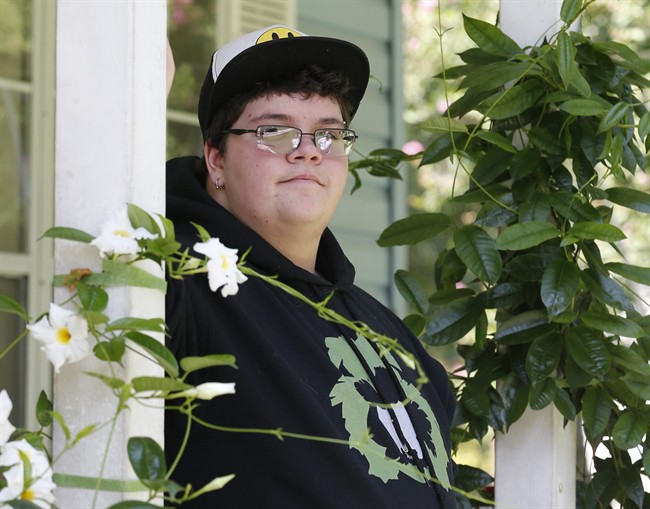The U.S. Supreme Court on Friday agreed for the first time to rule on transgender rights in a case in which a Virginia public school district is fighting to prevent a female-born transgender high school student from using the boys’ bathroom.

The justices agreed to hear the Gloucester County School Board’s appeal of a lower court’s April 19 ruling that transgender students are protected under U.S. laws barring sex-based discrimination. The case involves a 17-year-old transgender student named Gavin Grimm, who identifies as male and sued to win the right to use the school’s boys’ bathroom.
The case, due to be argued and decided before the end of June, will be one of the biggest of the court’s term.
READ MORE: Federal court overturns Virginia school’s transgender bathroom rule, calls it discriminatory
The court remains one justice short following the February death of Antonin Scalia, which left it with four conservatives and four liberals. That raises the possibility of a 4-4 ruling that would leave in place the decision favoring Grimm by the Richmond-based 4th U.S. Circuit Court of Appeals. A 4-4 ruling would set no nationwide legal precedent.
The court until now had generally steered clear of taking up potentially divisive cases such as this one while it remained shorthanded. The court already has issued 4-4 rulings on four occasions since Scalia’s death.
The Supreme Court has not directly ruled on transgender rights before. But in 1994 the court did rule in favor of a male-born transgender prison inmate identifying as a woman who was held with male prisoners and said she was beaten and raped by another inmate.
READ MORE: US judge blocks Obama transgender school bathroom policy
The issue of allowing transgender people to use public bathrooms that correspond to their gender identity rather than their birth gender has become the latest flashpoint in the long U.S. battle over lesbian, gay, bisexual and transgender rights.
The matter heated up after North Carolina passed a Republican-backed law in March that required people to use bathrooms that corresponded to their gender at birth in government buildings and public schools. The North Carolina law also blocked local measures protecting lesbian, gay, bisexual and transgender people from discrimination.
In the Virginia case, the Supreme Court in July voted 5-3 to temporarily block the appeals court decision from going into effect, a move that prevented Grimm from using the boys’ bathroom when the new school year began in September while the case remained under appeal by the school district.
READ MORE: A more tolerant country? Most Canadians support transgender rights, poll suggests
Grimm told his parents he was transgender during his first year in high school in 2014 and began attending school as a boy in September 2014. With the school’s permission, Grimm used the boys’ bathroom for about seven weeks without incident. But after complaints from parents, the county school board adopted a new policy in December 2014 that required students to use the bathroom that corresponded to their gender at birth.
Since then, Grimm has had to use a separate restroom. Grimm, represented by the American Civil Liberties Union, sued in 2015. A federal judge ruled in favor of the school district in September 2015, prompting Grimm to the 4th Circuit.

Comments